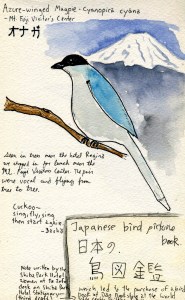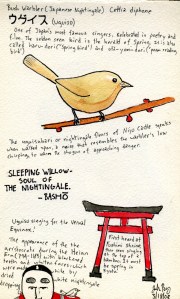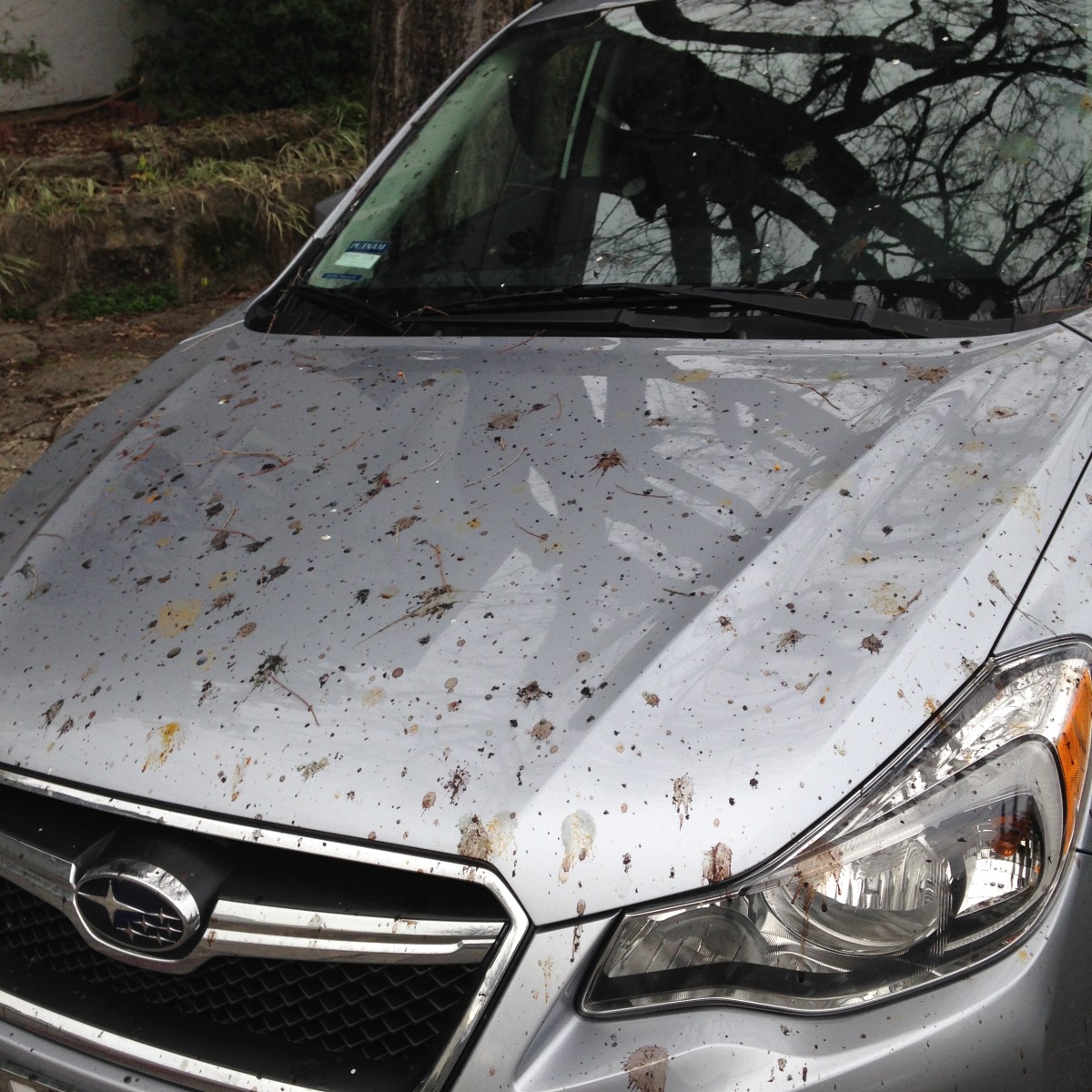Poetry frequently makes it’s way into my journal.
One afternoon I was listening to one of my father’s Duke Ellington CDs, a CD that I had gotten him for Christmas a while ago. My father loved big bands and he saw Ellington, Basie, and Ella as well as west coast greats Brubeck, Cal Tjader, and Vince Guaraldi. It was one of those beautiful February afternoons where the trees have blossomed early and the White-crowned sparrows were singing at the tops of trees to mark out their patch. It seemed to me, and the sparrows, that it was a spring day. As I was listening to Ellington the white-crown in the backyard seemed to be singing with the band so I wrote a poem about it and created a spread.
Duke and White-crowned
Duke takes the intro
as Cootie floats above
muted horns below
Hodges leans into his solo
squeezing every ounce of joy out of his horn
White-crowned counters
and the Rabbit responds
while Sonny Greer keeps time
Long after the strains
of Mood Indigo had ended
and the curtain of dusk has fallen
White-crowned is still singing
the only song he knows
at the top of the berry bush
just outside my window
defining his place in the band
as the day’s heat turns to blue.
I added two illustration as “bookends” to the text, one was sketched from the Ellington CD cover and the other was from a photograph of a white-crowned sparrow.

This spread was about my experience watching California condors at Grimes Point in Big Sur. it was a magical day with about ten condor perched by Highway One. The drawing is based on a photograph that I took and the condor’s massive wingspan seems to span the coastal hills in the background. I wrote a poem about the condor, included underneath it’s wings.

This poem is about my philosophy of nature, that we should not fear nature but embrace it. The poem is dedicated to three of my students as I taught them not to fear the honey bee. During recess on day, I found a bee on the blacktop and I picked it up and showed my students that they had nothing to fear. I then let the bee crawl on their hands and they learned that if you treat nature with respect and acted with confidence the bee will not cease its life by stinging you. I don’t think that lesson is a California State Standard!

This spread was created to illustrate a poem I wrote shortly after my fathers passing in October. It’s really about accepting what life has dealt you and coping with change.










